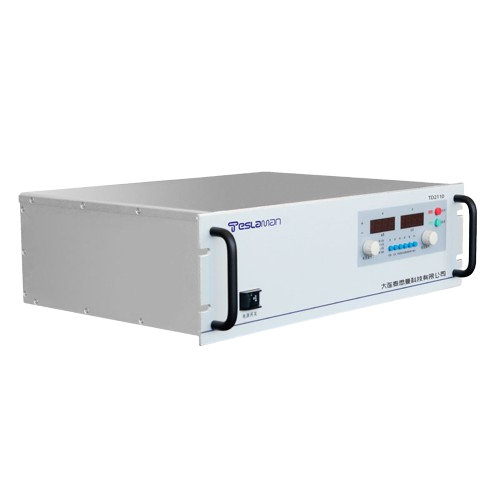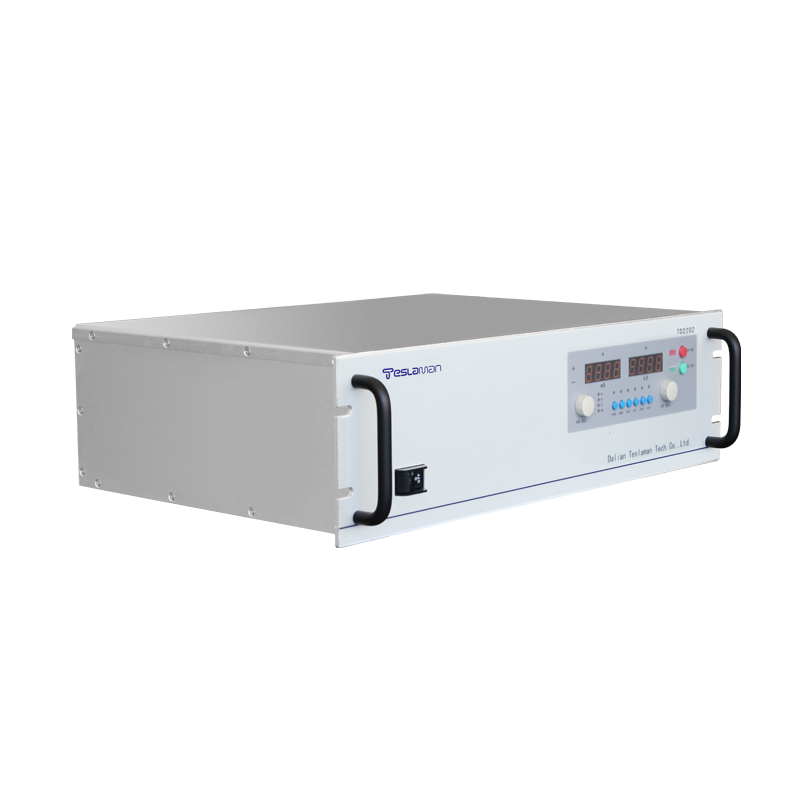Technical Difficulties and Solutions of High-Voltage Power Supplies in Aerospace
In the aerospace field, high-voltage power supplies serve as crucial energy conversion devices, undertaking important functions such as powering various precision equipment and driving propulsion systems. However, the extreme operating environments and stringent performance requirements pose numerous technical challenges to the application of high-voltage power supplies in aerospace. In-depth research on these issues and exploration of effective solutions are of great significance for promoting the development of aerospace technology.
1. Technical Difficulties of High-Voltage Power Supplies in Aerospace
(1) Challenges in Extreme Environment Adaptability
Aerospace equipment must endure drastic temperature changes, ranging from extreme cold at high altitudes to intense heat during atmospheric re-entry, with temperature ranges potentially exceeding -150°C to 1000°C. Under such large temperature differences, the performance of materials in ordinary power devices changes significantly. For example, the capacitance value of capacitors drifts, and the threshold voltage of semiconductor devices alters, leading to unstable power output or even failure. Additionally, the low-pressure environment at high altitudes and in space reduces the electrical strength of insulation materials, increasing the risk of high-voltage discharge. Intense vibrations and impacts may cause solder joints inside the power supply to detach and connection wires to break, affecting its normal operation.
(2) The Contradiction between High Power Density and Lightweight
Aerospace has strict weight limitations on equipment, requiring high-voltage power supplies to achieve high power output within limited volume and weight. Traditional high-voltage power supplies use large-sized magnetic components and bulky heat dissipation devices, making it difficult to meet these requirements. Increasing power density means integrating more power devices in a smaller space, which leads to severe heat generation in the devices and exacerbates the heat dissipation problem, further restricting the improvement of power density.
(3) Requirements for High Reliability and Long Lifespan
Aerospace missions have long durations, and once equipment malfunctions, repairs are often impossible. Therefore, high-voltage power supplies must have extremely high reliability and long lifespans. During long-term operation, the performance of power devices inside the power supply deteriorates due to factors such as electrical and thermal stresses. For example, the on-resistance of power MOSFETs increases, and the switching losses of IGBTs rise, affecting the overall performance and lifespan of the power supply. Moreover, high-energy particle radiation in space can cause irreversible damage to electronic devices, reducing the reliability of the power supply.
2. Solutions to Technical Difficulties of High-Voltage Power Supplies
(1) Optimization of Material and Structural Design
To address extreme environments, wide-bandgap semiconductor materials such as silicon carbide (SiC) and gallium nitride (GaN) are used to replace traditional silicon-based devices. These materials have higher breakdown voltages, higher operating temperatures, and faster switching speeds, enabling stable operation in harsh temperature environments. In terms of insulation materials, radiation-resistant and highly insulating materials like polyimide are selected, and the packaging structure of the power supply is optimized. Processes such as potting and sealing are employed to enhance its vibration and impact resistance, as well as insulation performance under low-pressure conditions.
(2) Innovative Topology and Heat Dissipation Technologies
To resolve the contradiction between high power density and lightweight, new power supply topologies, such as resonant soft-switching topologies, are adopted to reduce switching losses and improve power supply efficiency, thereby reducing device heat generation for the same power output. In terms of heat dissipation, advanced technologies such as micro-channel heat dissipation and phase-change material heat dissipation are utilized. Micro-channel heat dissipation increases the heat dissipation area by machining micro-scale channels on the heat sink, improving heat dissipation efficiency. Phase-change materials absorb heat during phase transitions when the temperature rises, effectively suppressing rapid temperature increases in devices.
(3) Intelligent Monitoring and Redundant Design
To meet the requirements for high reliability and long lifespan, intelligent monitoring technologies are introduced to real-time monitor key parameters such as the temperature, voltage, and current of critical devices inside the power supply. Through data analysis, the performance degradation trends of devices are predicted, allowing for proactive maintenance and replacement. Redundant design schemes are implemented by setting up multiple modules with the same functions in the power supply system. When one module fails, other modules can quickly take over, ensuring the continuous and stable operation of the power supply system. Additionally, anti-radiation hardening treatments are applied to electronic devices, such as using radiation-resistant integrated circuits and adding shielding layers, to reduce the impact of high-energy particle radiation on the devices.
The application of high-voltage power supplies in the aerospace field faces numerous technical challenges. Through a series of solutions, including optimizing material and structural design, innovating topology and heat dissipation technologies, and implementing intelligent monitoring and redundant design, the performance of high-voltage power supplies can be effectively enhanced, meeting the growing demands of the aerospace field and providing strong support for the development of aerospace endeavors.




















